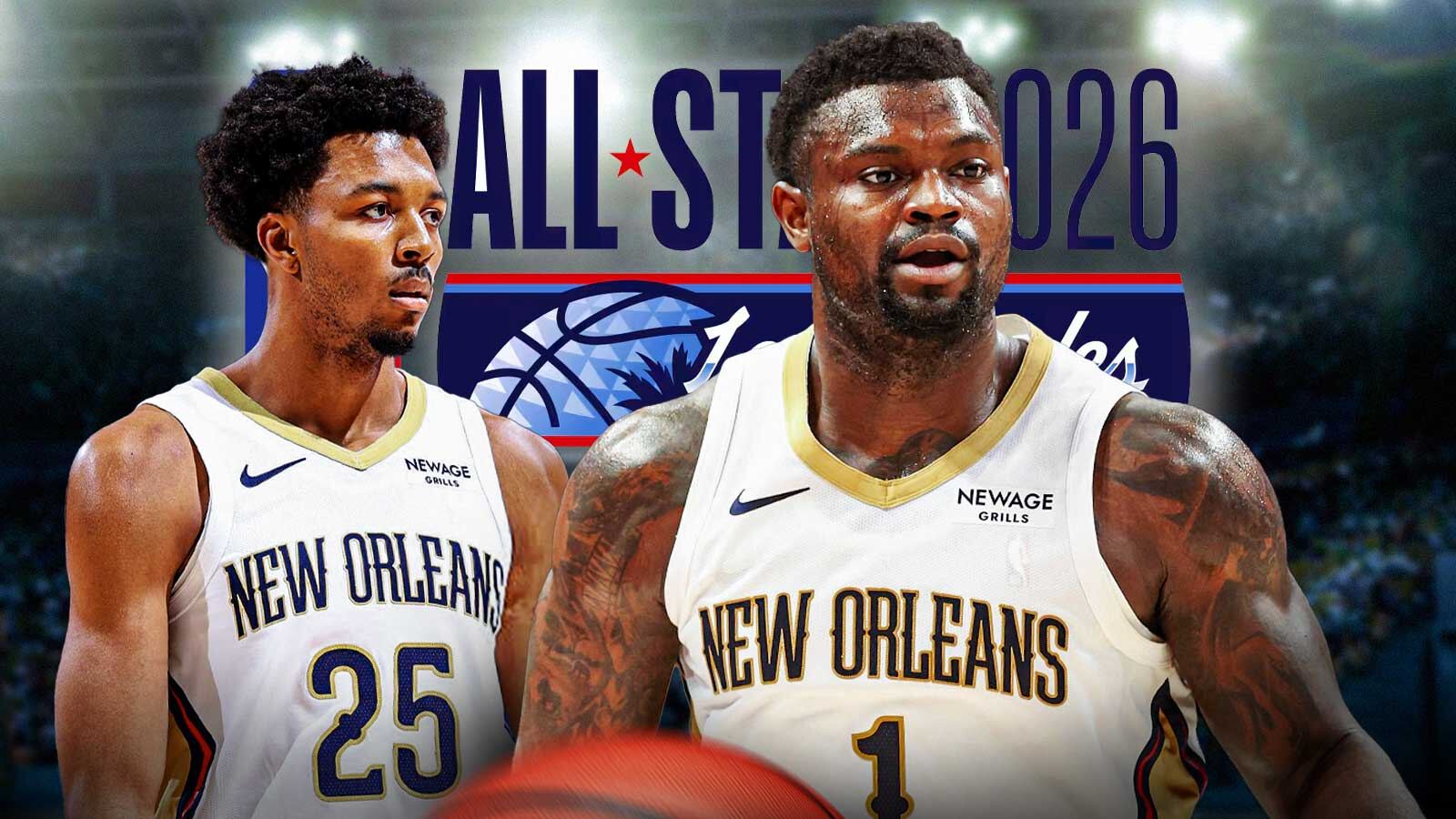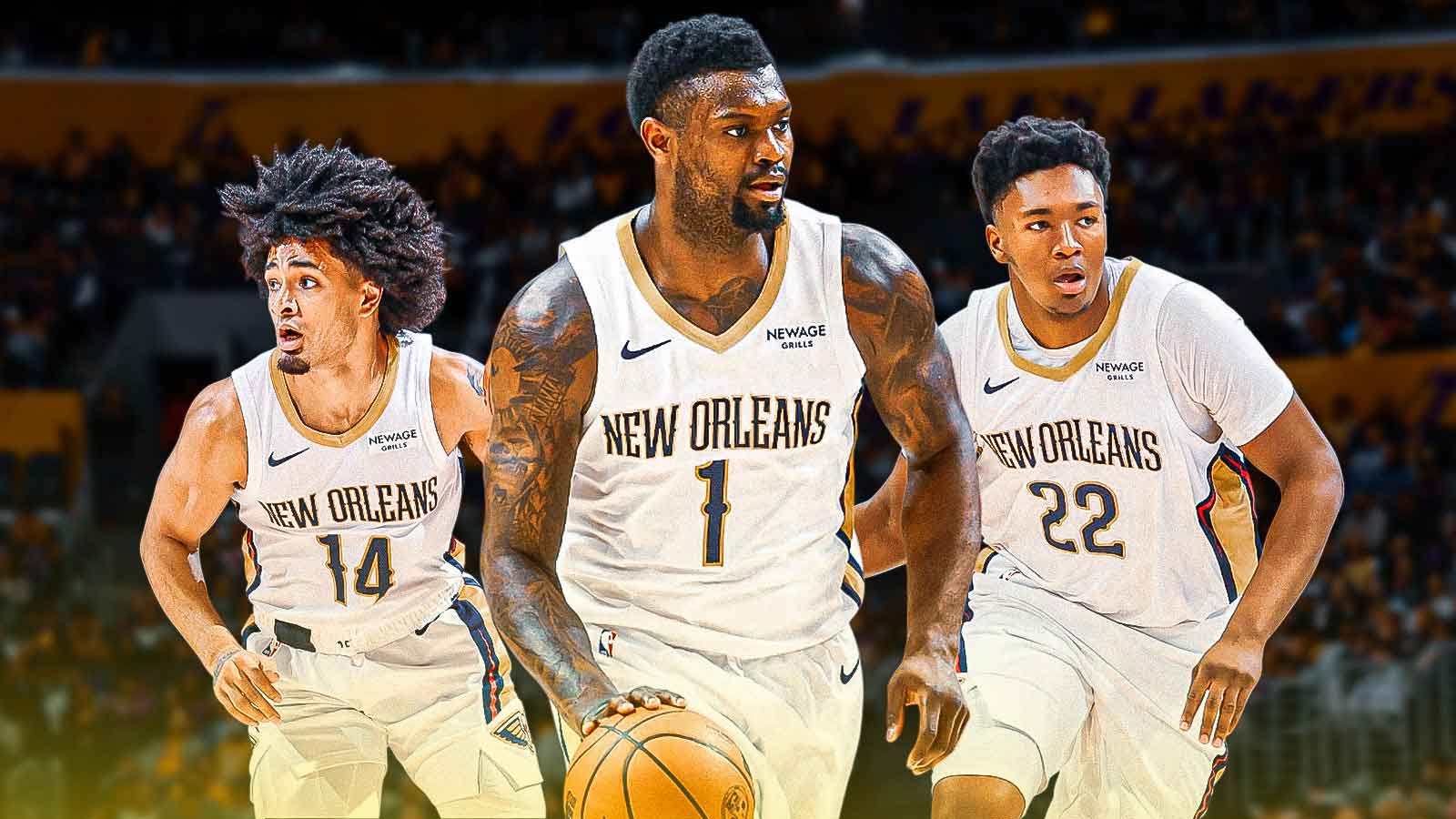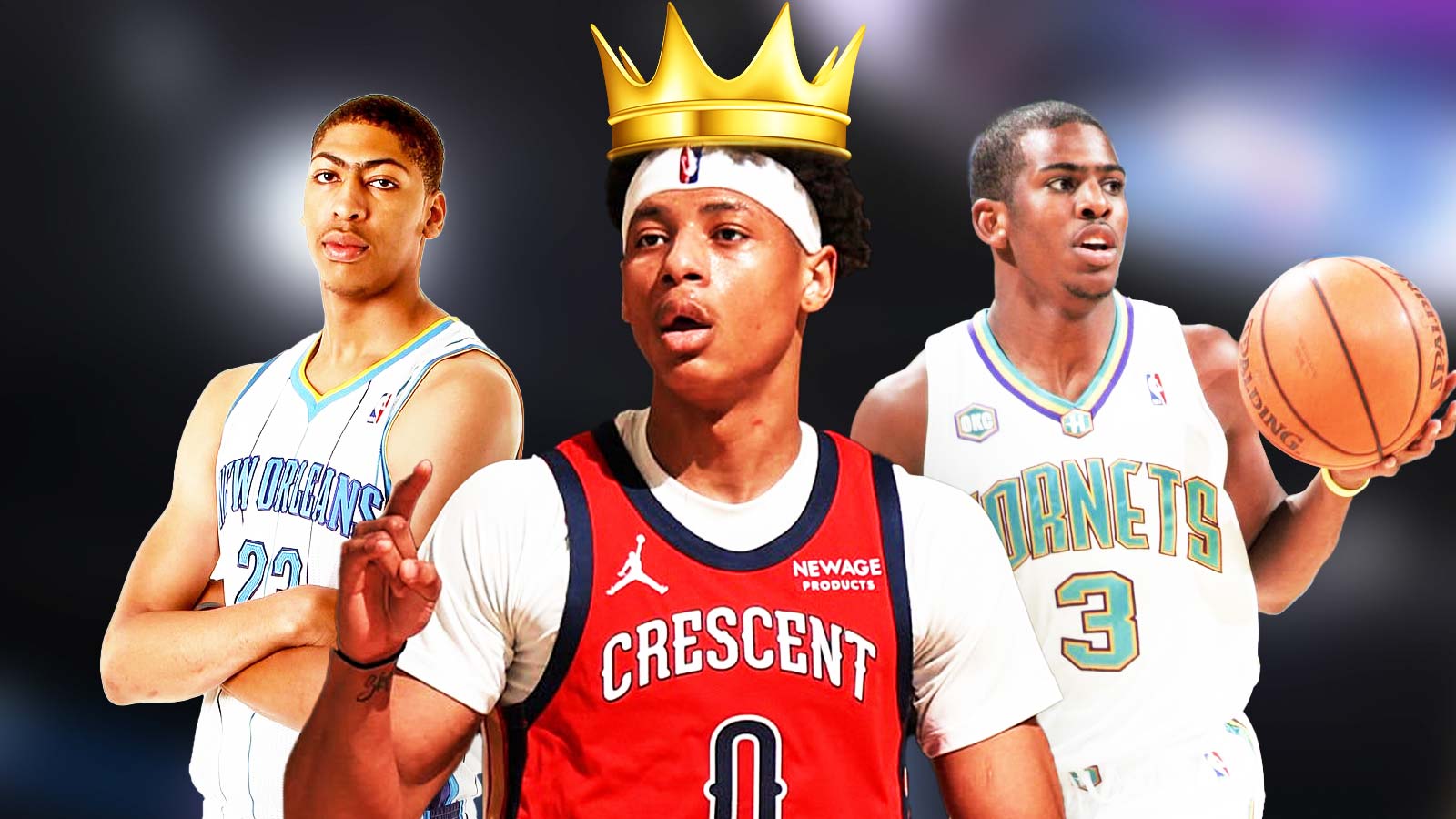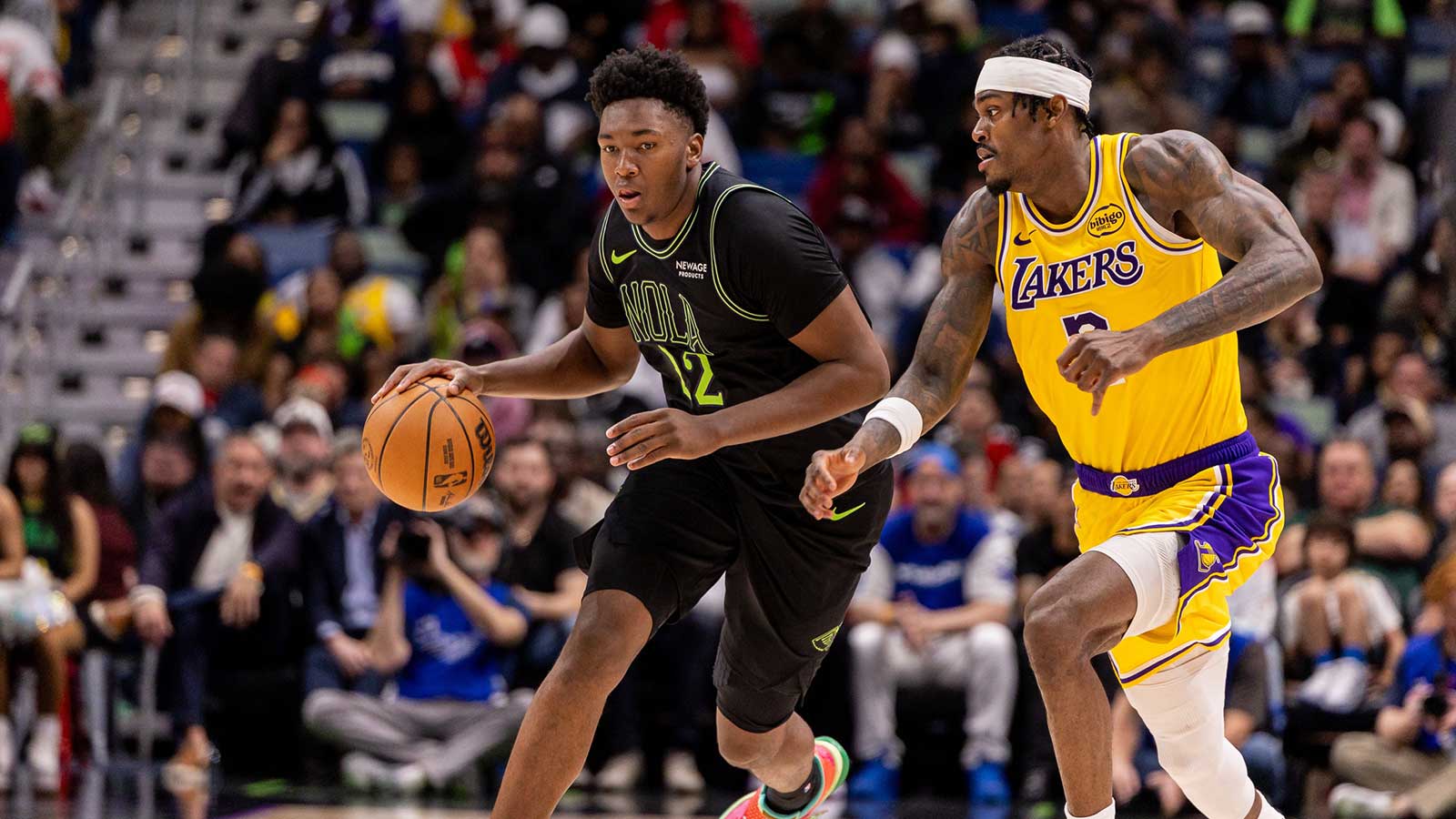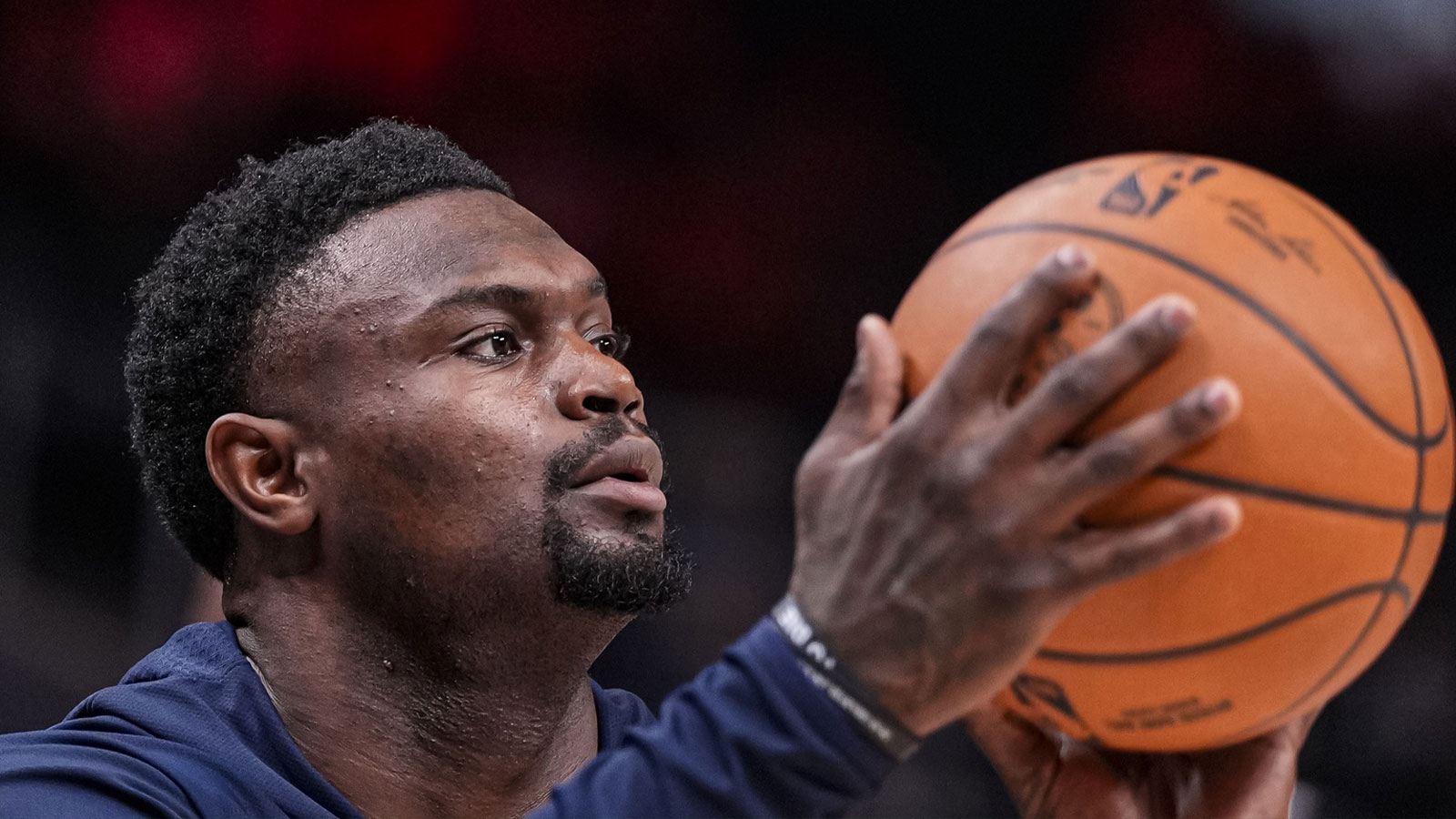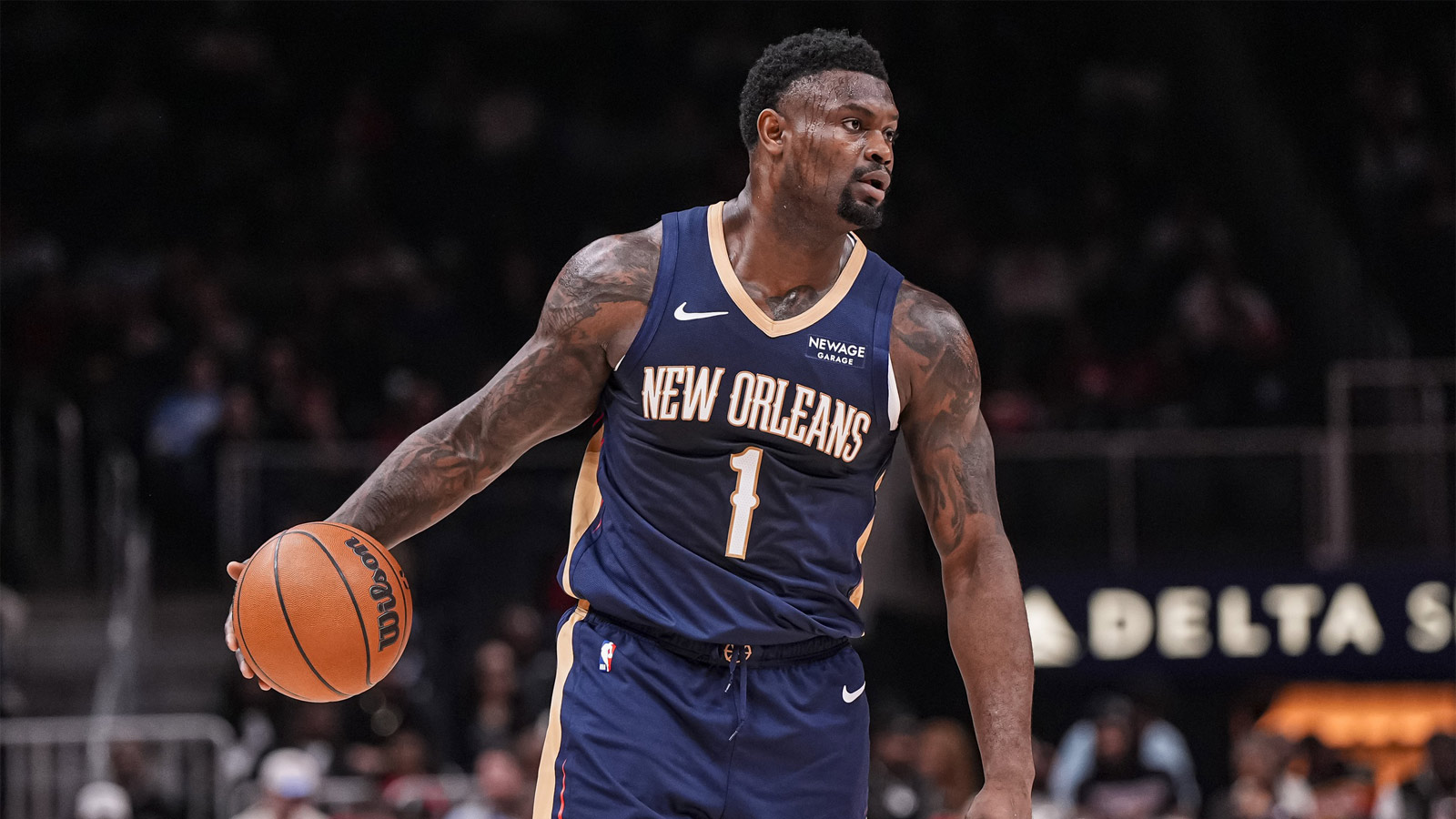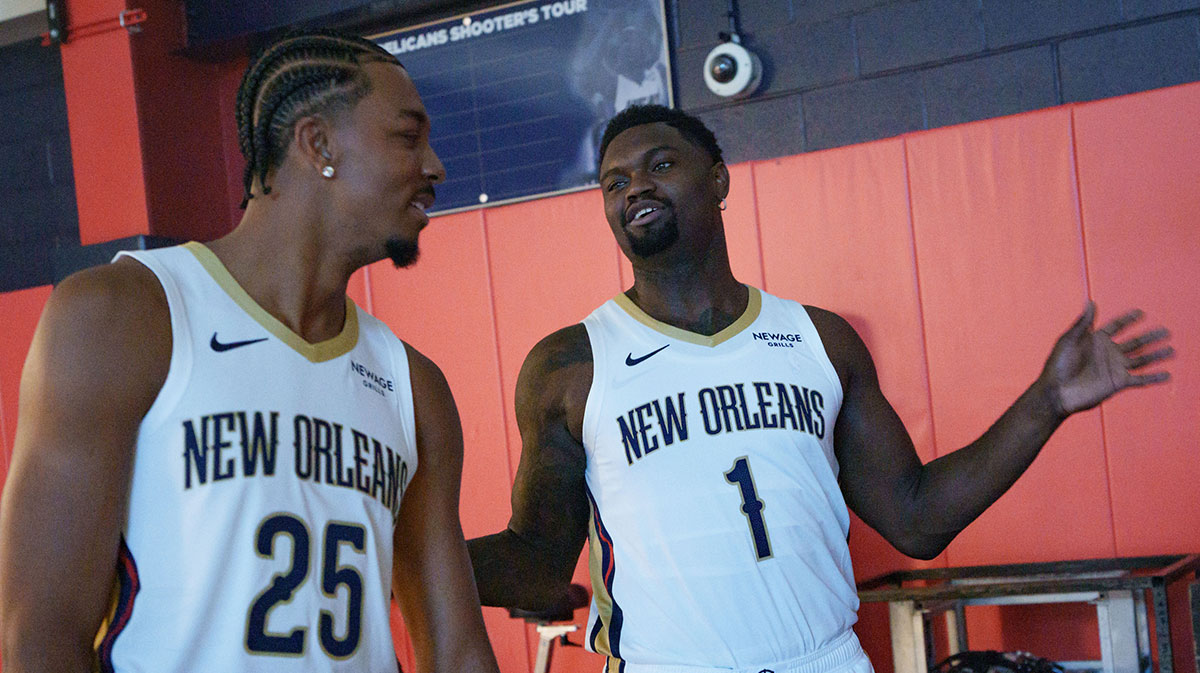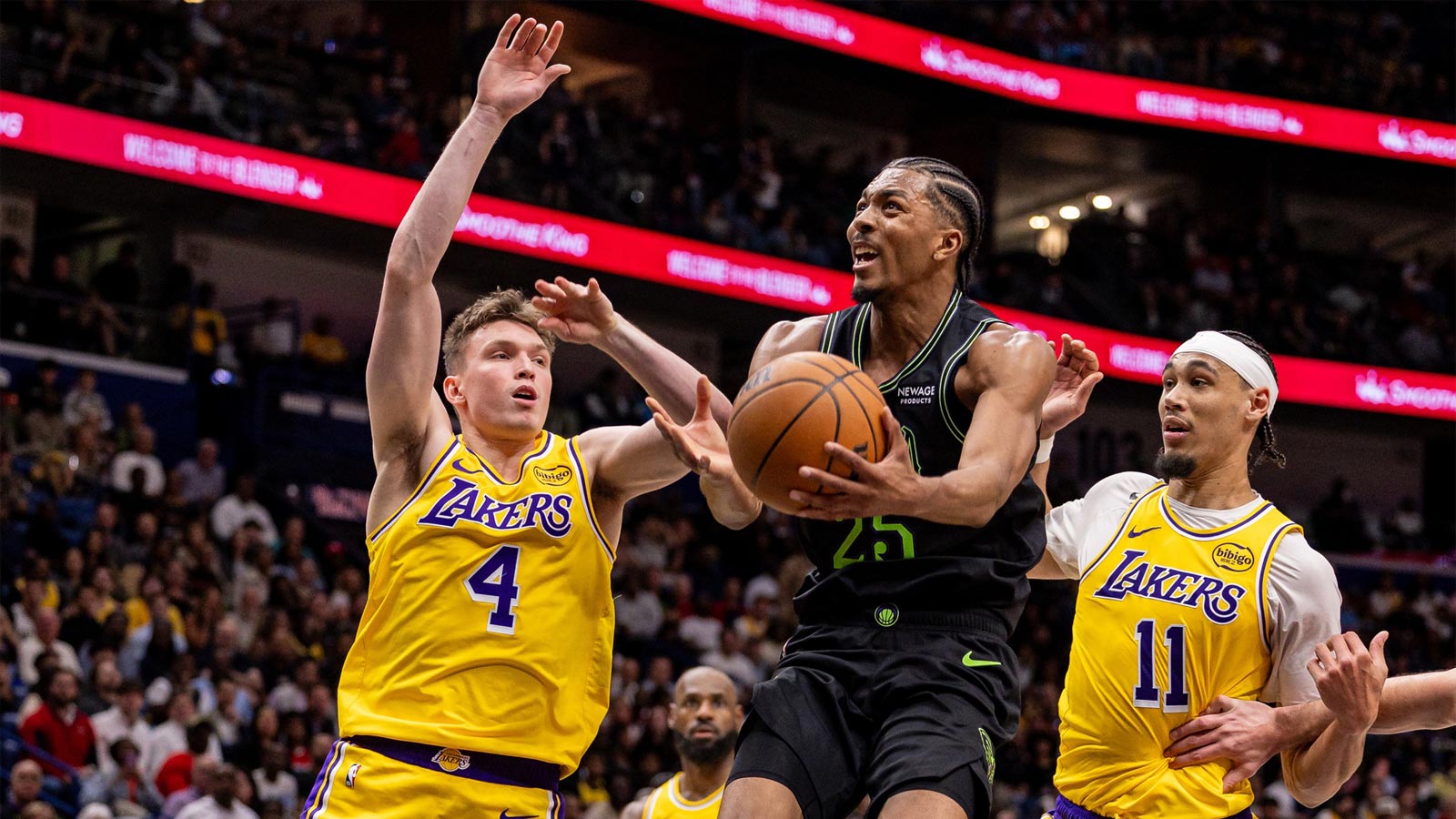The 2024 NBA Draft is officially a wrap. Now the league's front offices can focus in on free agency plans while the incoming rookies plan Summer League vacations. The New Orleans Pelicans have largely avoided making splashes in free agency, instead, honing in on the trade market to make upgrades or cash in on disgruntled All-Stars. How the organization bridges the gap between Brandon Ingram's valuation in the markets will dictate how further roster-building takes shape.
Ingram is eligible for a four-year, $208 million contract extension on top of the $36 million locked in for next season's work. The Pelicans could get creative but a max-level deal is not going to be in the cards.
There will have to be some compromises for Ingram to remain in the Crescent City. The list of players with five years and $242 million worth of job security is pretty short. Only 17 top the $48.4 million average annual value of the full deal; 10 earn more per season than the $52 million average of the extension.
It would be hard to argue Ingram is a top-10, top-20, or even top-25 player at any point over the next five seasons. The 27-year-old was 12th in Western Conference frontcourt voting in 2023 before a disappointing 2024. A summer with Team USA and expanded scouting reports hitting other locker rooms did not help, via Mark Medina of Sportskeeda.
“The coverages from the coaches, they all send double teams at me,” Ingram groaned, “but they don't vote me in.”
How All-Stars deal with those double-teaming defenses is the difference between All-NBA caliber max-level extension and taking a bit less in exchange for long-term security.
Contract extension comparisons set the market
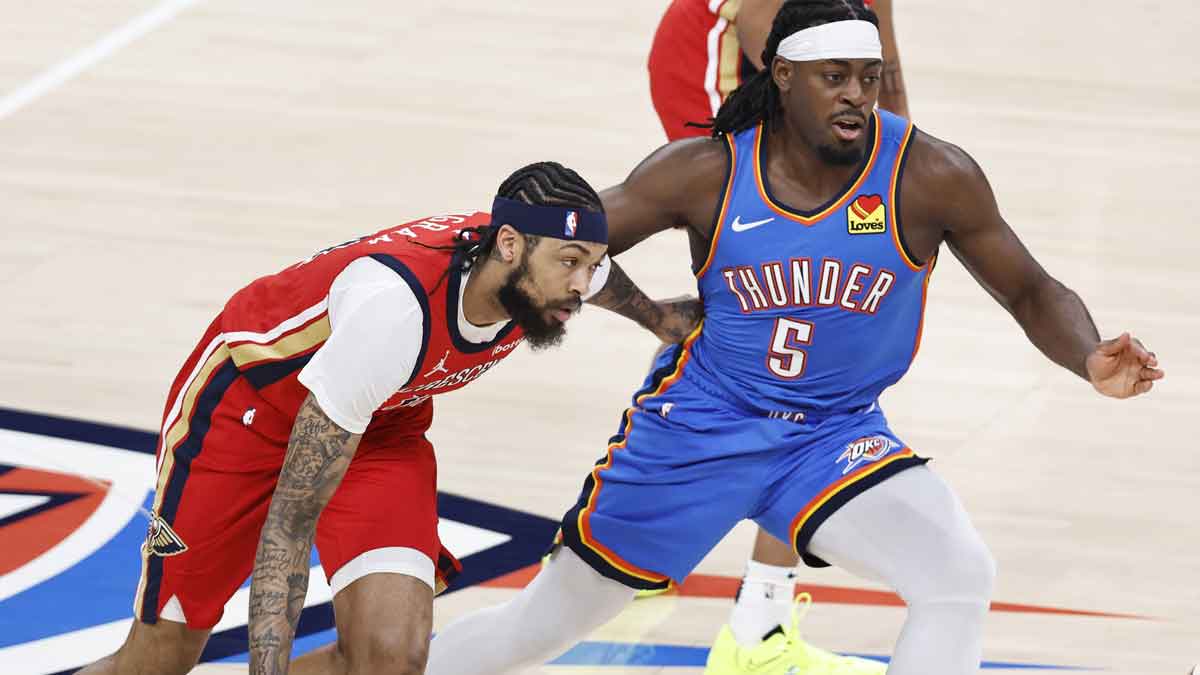
Lu Dort did not need a double team to stop Ingram in the NBA Playoffs. Ingram was coming off an injury and had plenty of rust built up in the preceding month, but the Pelicans needed more from their only available All-Star. Even bruised or nursing a stomach bug, New Orleans required more in the postseason than 14.3 points, 4.5 rebounds, and 3.3 assists per game on 34.5% shooting for Ingram to demand a max-level deal.
Joel Embiid battled through some ailments to carry the Philadelphia 76ers. His four-year, $213 million extension last summer as a 27-year-old is close enough to Ingram's out-of-reach max-level ceiling. Jordan Poole's four-year, $128 million deal is the floor. Bam Adebayo's $55 million AAV starting in 2026-27 is a barometer for the future.
A 33-year-old Kawhi Leonard and 23-year-old Tyrese Haliburton both have AAVs between $49-$50 million. Desmond Bane agreed to a five-year, $197 million deal ($39.4MM AAV) with the Memphis Grizzlies that kicks starting this upcoming season. Kyrie Irving and Zion Williamson are both around $40 million a season. OG Anunoby (five years, $210 million) and Pascal Siakam (four years, $190 million) have both re-upped to stay with their current teams.
A deal worth approximately $183 million over the next four seasons for Ingram would be far more palatable to the front office. That's a $25 million difference when compared to the $208 million max that EVP David Griffin all but admitted is the hang up during the post-draft press conference. The Pelicans might not even have to pay that much in this market.
Brandon Ingram at home in Big Easy
By all accounts, Ingram does not want out of New Orleans. There is no animosity despite what fans might see floating around on social media.
One source familiar with negotiations said before the draft that the early offseason speculation “was all total nonsense.” The Pelicans “don't have to choose (between a max and a trade) at all.” That same source said that “nothing has even been contemplated” while the NBA Playoffs were still winding down.
That same sentiment was the company line from the front office after the NBA Draft's first round.
“Brandon wants to stay here,” Griffin said. “He believes in what we are building. That's meaningful to him. That's meaningful to his agent. At the same time, there is a financial reality that we all deal with. I think we're excited about Brandon. We know he's excited about us. Usually, those things yield good results one way or the other.”
There is no pressure to make a deal on either side. Ingram is ready to play with Zion Williamson next season and an All-NBA year would mean a significant boost to potential earnings. The Pelicans know this team is competitive and if Ingram must be moved at the next trade deadline there will be some very motivated buyers. Those buyers will pay a premium if Ingram is inked to a longer deal this summer.
Four offers Pelicans can afford
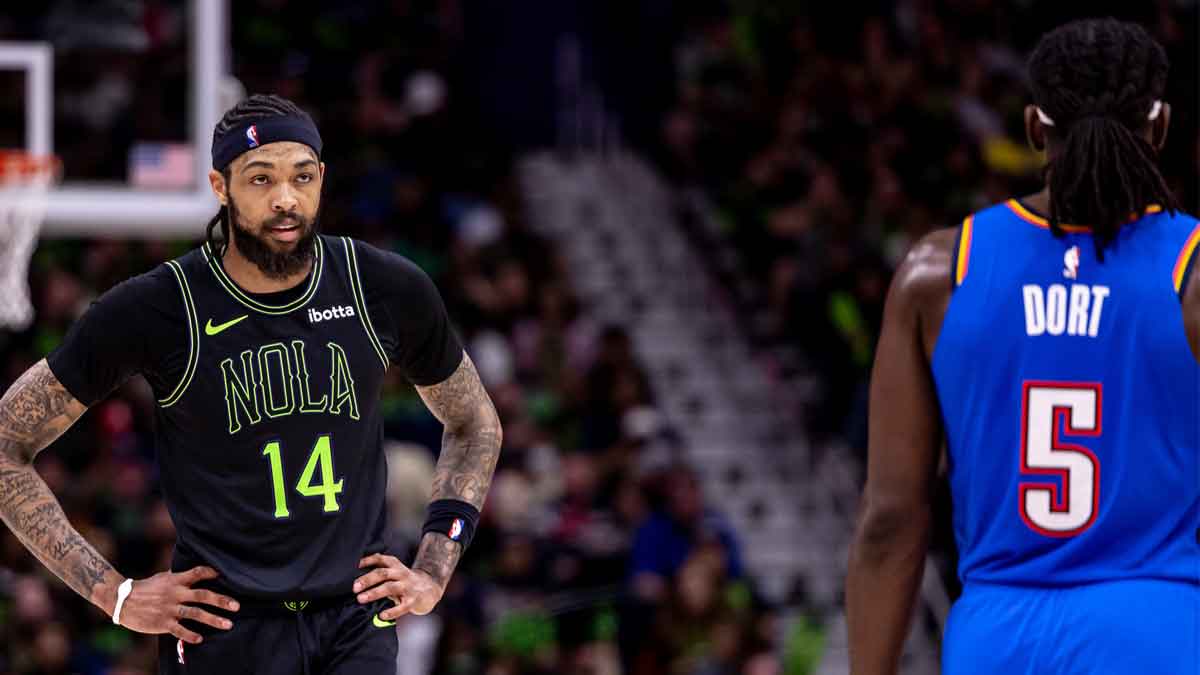
The full $208 million max includes eight percent raises each year with no incentives factored in. Ingram's next contract can also start at 30% of the cap. That would add up to an average of over $50 million per year for a one-time All-Star who has missed 82 games over the past three seasons. A full-scale max will not happen, a team source told will Guillory of The Athletic.
(In parathesis are the figures if an extension starts short of the max. A $39 million starting point on the extension would represent a $3 million year-over-year raise for Ingram. This would be the middle ground for the Pelicans between what Ingram costs now and the potential salary cap ceiling.)
A Near-Max Respectful Offer is likely still too costly for New Orleans if Ingram insists on starting at the maximum allowed number. Even a slight decrease in starting point allows for the team to create millions in cap space. If Ingram wants the eight percentage raises and believes in what the team is building, the next deal cannot start above $40 million.
- 2025-26: $42.3 million ($39 MM)
- 2026-27: $43.4 million ($42.1 MM)
- 2027-28: $46.9 million ($45.5 MM)
- 2028-29: $50.6 million ($49.1 MM)
- Total: $183.3 million ($175.7 MM)
The Flat Four Offer which allows for 4.5% cost of living raises that rise with the salary cap is a team-friendly option. This approach would give Ingram close to the same amount over the first two seasons. Adding a player option on the end is the counteroffer the team wants from Ingram's agents here. The front office would have salary cap room to work in building around a peak Zion Williamson and an almost-30 Ingram in a few years.
- 2025-26: $42.3 million ($39 MM)
- 2026-27: $44.2 million ($40.8 MM)
- 2027-28: $46.2 million ($42.6 MM)
- 2028-29: $48.3 million ($44.5 MM)
- Total: $181 million ($166.9 MM)
The Up-Four Option would move Ingram's salary up $4 million every season instead of a certain percentage. Ingram gets within $400,000 of the full max over the first two years. The ego does not have to take any hit to stay in New Orleans. The team gets an All-Star for a reasonable amount and the Pelicans can recoup assets if the roster has to be dismantled. The lower starting point of $39 million still allows Ingram to boast about being a $50 million year talent eventually.
- 2025-26: $42.3 million ($39 MM)
- 2026-27: $46.3 million ($43 MM)
- 2027-28: $50.3 million ($47 MM)
- 2028-29: $54.3 million ($51 MM)
- Total: $193.2 million ($180 MM)
The Up-Four Plus Four Option would blend the two pieces of business above. The wages go up four million dollars plus four percent.
- 2025-26: $42.3 million ($39 MM)
- 2026-27: $46.5 million ($43.3 MM)
- 2027-28: $50.6 million ($47.3 MM)
- 2028-29: $54.8 million ($51.5 MM)
- Total: $194.2 million ($181.1 MM)
If a blend of these four contract options will not suffice, well, that would be a sign it's time to cut ties. The Pelicans and Ingram do not seem to be at that kind of impasse yet though. That's why EVP David Griffin hinted at NBA rosters not being set until after training camp starts during the post-draft press conference.









